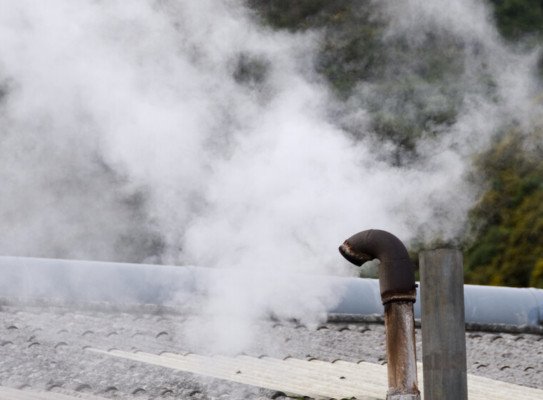Air particulates

Clean air to breathe is a keystone of community health. Reducing particulate matter levels in polluted air delivers major health benefits for the local community as well as the wider environment.
Air particulates are a component of air pollution. Sources include vehicle and industry activities, as well as natural sources such as sea salt, pollen, and dust. All of these particulates can be hazardous to human health. Smaller air particles, such as PM10 (particles less than 10 microns in size), can reach the lower regions of the respiratory tract and cause inflammatory responses of the body and damage to lung tissue. They may trigger a range of health issues, including premature death.
Understanding to inform action
Pin-pointing where air particulate matter comes from is the first step to managing and reducing man-made pollution. GNS Science air particulate matter research aims to identify where air particulate pollution is coming from so regional councils can work out ways to stop it. Our science supports better air quality monitoring, management and reduction, helping to improve air quality and health outcomes in New Zealand.
Our expertise
- Air Sampling – flexible measurements using the Streaker, ASP and GENT samplers.
- Ion Beam Analysis – Air particulate matter elemental composition and concentrations measurement, unique national ion beam facility and refined techniques for semi-automated analysis of air filters.
- Source Apportionment – tracking down PM10 and PM2.5 air pollution sources, and distinguishing natural from man-made sources.
- Interpretation and advice – supporting immediate and long-term planning.